Your skin is your body’s largest organ. So, it makes sense that there are going to be times when your skin seems a bit under the weather. The trick is to figure out why and what you can do to change that.
Let’s look at some of the most common causes for dull-looking skin.
If you aren’t drinking enough water, it’ll likely affect the appearance of your skin. In fact, one 2015 study found a strong link between drinking enough water and having healthy skin.
Drinking plenty of water will help boost hydration from below your skin’s surface. Also, applying a hydrating face serum can help bind moisture in the upper layers of your skin.
Skimping on moisturizer, especially if your skin tends to be dry, can affect the health and vitality of your skin. Using a moisturizer twice a day can help hydrate your skin and protect the delicate top layer.
Your skin naturally sheds dead cells on a regular basis to make way for new cells. But sometimes the dead cells don’t shed as they should. Instead, they build up the surface of your skin. This can result in skin that’s dry, dull, flakey, and patchy.
Dry skin can quickly take on the appearance of being dull and lifeless. This is especially true during the winter months, when the air is cold and dry, or if you live in a climate that has very low humidity.
According to a 2010 review, smoking is an important environmental factor in premature skin aging.
The review found that smoking can impair the production of collagen and degrade the elastic fibers and connective tissue in your skin. It can also increase the oxidative stress in your skin cells. All of this can speed up the aging process and contribute to dull-looking skin.
Aging is an inevitable part of life. So is aging skin. And while you can’t control the aging process, you can adopt a skin care routine that helps provide your skin with the nourishment and hydration it needs to stay healthy and vibrant.
We all deal with the occasional bout of dull skin. But if you’re regularly waking up to lackluster skin, you might be wondering what you can do to improve your complexion.
The good news? You have plenty of options.
“You want to make sure that you’ve completely removed your makeup and pore-clogging dirt from your day, but do it gently,” says Tsippora Shainhouse, MD, FAAD.
Her advice? Avoid harsh scrubs and drying soaps, which can cause skin irritation, tiny tears, redness, tightness, and flaky skin.
Instead, use a cleansing oil first to remove your makeup and sunscreen without stripping and damaging the top layer of your skin. Then, do a second wash with a gentle cleanser to remove the oil.
Going gentle on your skin also means no hot water or harsh soaps.
“Hot water can strip natural oils, which can cause dryness and irritation,” says Shainhouse. It can also cause superficial vessel dilation, which, Shainhouse says, can make the skin appear red, but only temporarily.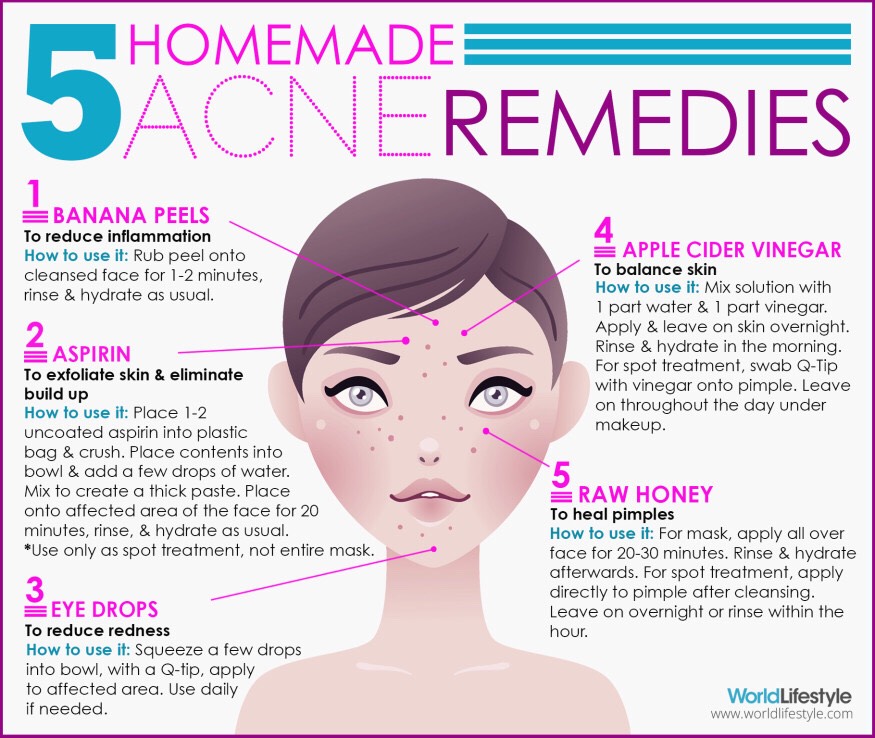
Instead, use lukewarm water when cleansing your face. Also opt for a moisturizing cleanser with ingredients like coconut oil, shea butter, or almond oil to help retain moisture.
Regular exfoliation is key to a glowing complexion, according to New York City-based dermatologist, Hadley King, MD.
When dead skin cells build up on the outer layers of your skin, it can cause your skin to look dull, dry, and flakey, and can even clog your pores. Regular exfoliation can prevent this from happening.
According to King, exfoliation also helps to smooth and polish your skin, decreasing the appearance of fine lines and evening out your skin’s texture.
“Exfoliation helps expose a fresh layer of skin ready to retain hydration when moisturizer is applied,” she says. “This can help to plump up the skin, making it look younger, smoother, and healthier.”
King explains that over time, regular exfoliation can increase cell turnover and stimulate collagen production.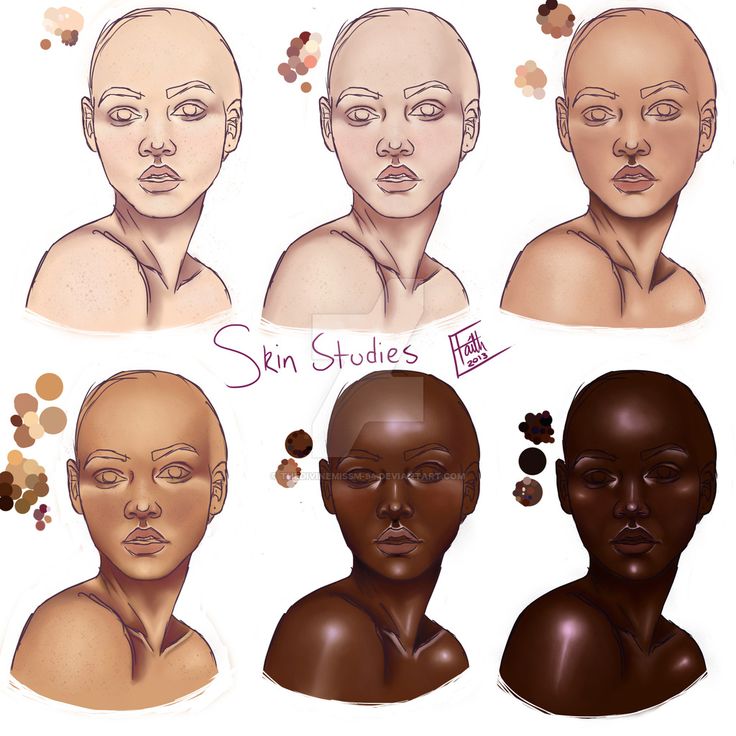
When adding exfoliation to your skin care routine, King generally recommends starting out by exfoliating twice a week and increasing the frequency as tolerated by your skin. You may need to be especially careful if your skin is overly dry or irritated.
Exfoliation can be either:
After exfoliating, apply a moisturizer right away to lock in moisture and protect the newly revealed skin cells.
Face serums contain a high concentration of ingredients that help to brighten your skin, boost hydration, and diminish the signs of aging.
Because serums absorb quickly into your skin, you can apply them once or twice a day after cleansing.
Shainhouse recommends products with:
These ingredients have a strong antioxidant effect that can help prevent and undo collagen-destroying free radical damage.
Vitamin C also helps to fade hyperpigmentation or dark spots, giving your skin a more even-toned appearance over time.
Another key ingredient to look for is hyaluronic acid, which temporarily binds water in the skin’s superficial layers.
Treating yourself to a weekly face mask is another excellent tool to get your skin glowing.
Look for masks that contain:
In general, you can use a face mask 1 to 3 times per week, but this depends on the product and your skin type.
Make sure to read the directions before using a face mask on your skin.
According to a 2017 review, moisturizing twice a day with the right product can help maintain your skin health and treat various kinds of dermatitis.
More specifically, says Shainhouse, the benefits of regularly using a moisturizer on your face include the following:
 Tip: Look for ceramides in the ingredients.
Tip: Look for ceramides in the ingredients.“Retinoids, which are vitamin A derivatives, have been scientifically shown to stimulate collagen growth and normalize skin cell turnover,” says Shainhouse.
Retinoids help to exfoliate older skin cells and bring new, fresh skin cells to the surface. They also smooth down and thin out the top layer of cells. Ultimately, says Shainhouse, the light will reflect better off of this smooth surface, giving you a more natural glow.
To start, she recommends applying a retinoid treatment 2 nights a week and then increasing the frequency as your skin gets used to this ingredient.
Your dermatologist is trained in some of the best procedures to improve the appearance of your skin.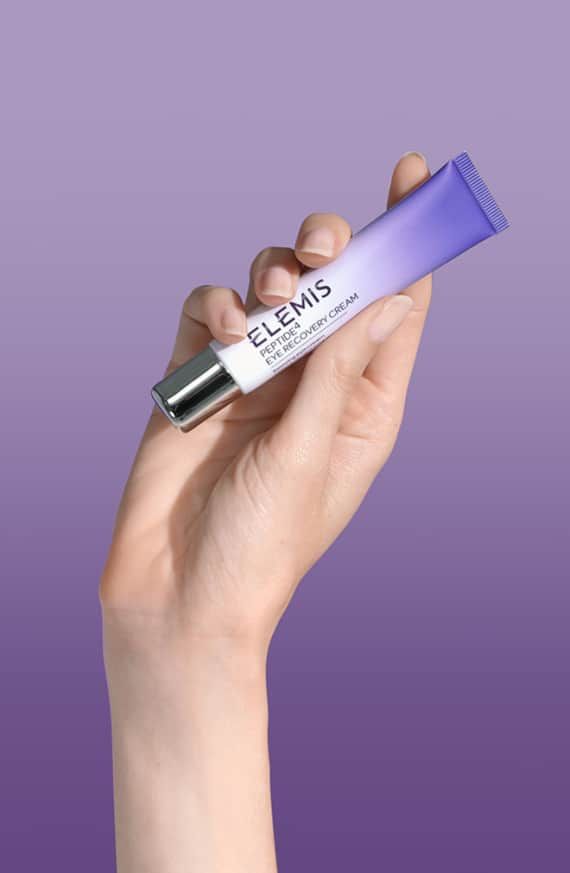
According to Shainhouse, procedures like an IPL photofacial session can help minimize the appearance of brown spots. It can also help even out your skin tone and improve the light-reflectiveness of your skin. For best results, she recommends a once-a-year freshening session.
Fraxel lasers, another in-office treatment, help to resurface the skin.
“This procedure helps make skin smoother with fewer fine lines and more even pigmentation. This can make your skin look more glowy,” she says.
Last, but certainly not least, wear sunscreen daily.
“This will help prevent UV-induced damage, including skin dyspigmentation, aging brown spots, and rough, dulling texture,” says Shainhouse.
Dull skin can be caused by dehydration, lifestyle choices, or cutting corners with your skin care routine. Fortunately, there are steps you can take to boost your skin’s natural radiance.
Exfoliating your skin, moisturizing twice a day, using a hydrating serum and face mask, and applying a retinoid product may all help replace dull-looking skin with a healthier, more vibrant glow.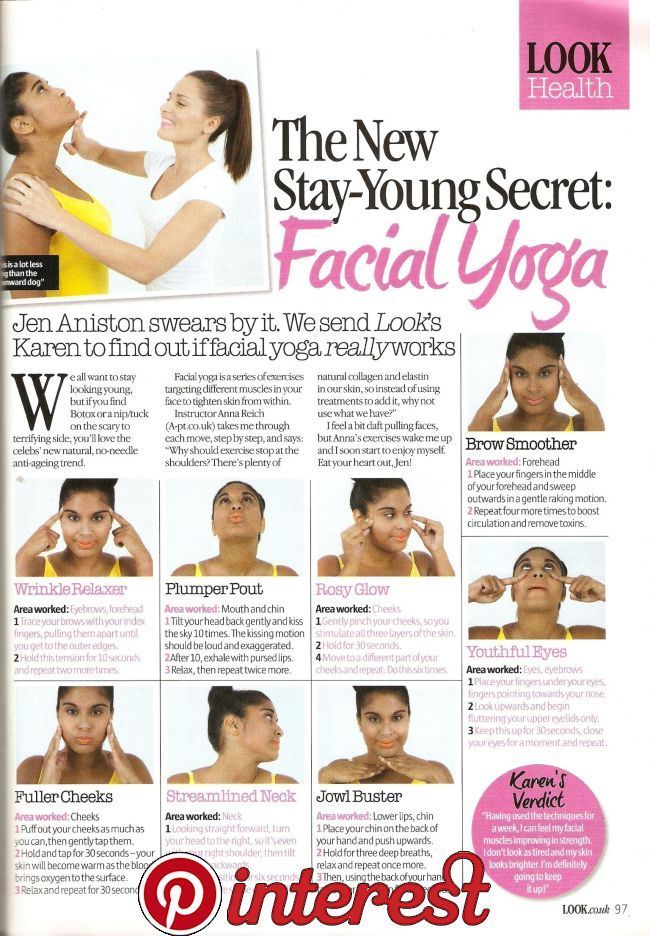
If you have questions about your skin or which product to use, be sure to talk to your doctor or a dermatologist.
Fact: luminous, glowing skin never goes out of style. But maintaining a radiant face isn't always easy, and the reality is there are reasons your skin is missing that so-called glow. So what exactly does it mean to have dull skin? Our skin constantly sheds dead cells, but if the process isn’t working efficiently, your complexion can take on a lackluster, tired, unhealthy appearance that emphasizes wrinkles, for example.
The good news: There are easy ways to get back that healthy glow. It's the little things can make a biggest difference when it comes to your complexion. If you're feeling like you've lost your glow thanks to dull skin, chances are, one of the causes below is responsible. Learn about these habits below and try dermatologist-recommended home remedy fixes including skincare products and treatments to get rid of, rejuvenate and brighten dull, tired skin in no time.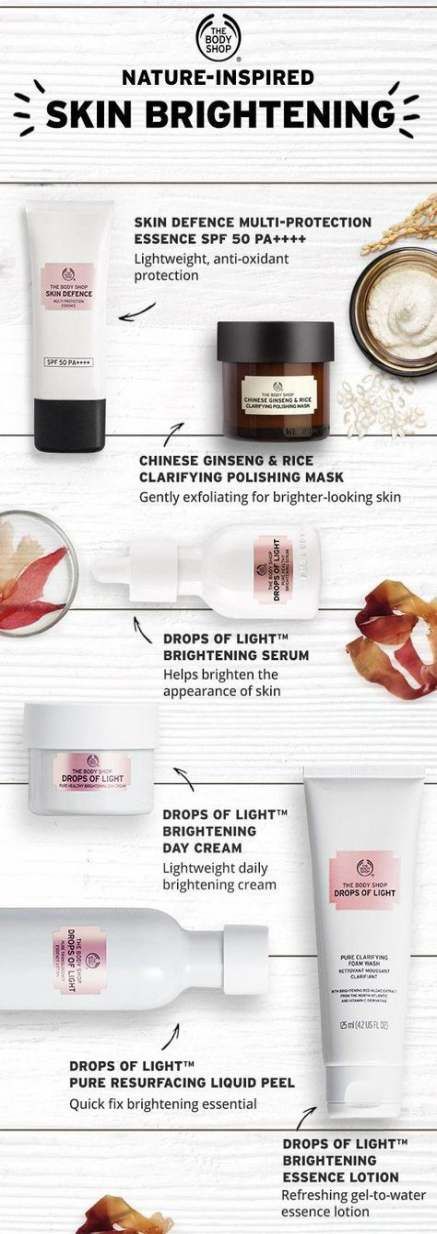
Getty Images
Dehydration decreases the volume of blood flow to the skin, making you look "pale and sickly," explains Tammie Umbel, founder of Shea Terra Organics. Though dehydration may seem like a short-term problem solved by a glass of water, Janet Prystowsky, M.D., Ph.D., a dermatologist in New York, encourages viewing skin dehydration as a long-term issue. Consistently failing to give your skin the hydration it needs can cause lasting damage, like fine lines, sagging skin, and even scales and deep wrinkles from severe chronic dehydration.
THE BEST TREATMENT: Drink up! Aim for at least eight cups per day of water or other sugar- and caffeine-free beverages like naturally flavored seltzers, recommends Good Housekeeping Institute Registered Dietitian Nutritionist, Stefani Sassos.
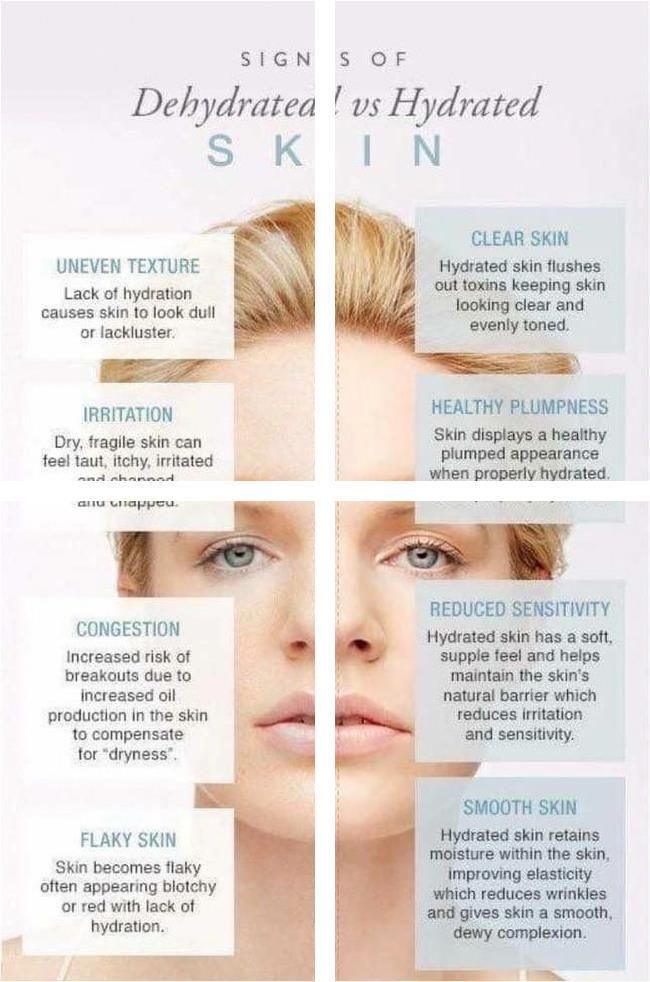
Chances are you’re washing your face every day (phew). But there’s a crucial skincare routine step almost half of women miss, according to a GH survey: exfoliating. The process removes dry, dead skin cells, creating a fresh canvas that allows topical products to penetrate better, says Hadley King, M.D., a dermatologist in New York City. “Exfoliation is the best way to smooth skin’s surface so it reflects light and appears glowing or brightened,” says GH Beauty Lab Senior Chemist Sabina Wizemann.
THE BEST TREATMENT: Incorporate one type of exfoliator at a time — either
a physical formula like a face scrub or a chemical one such as a face peel — into your routine to avoid skin irritation and damage, the Beauty Lab recommends, and protect with a broad-spectrum SPF 30+ face sunscreen every morning.
Dryness is the most common cause of dull face skin.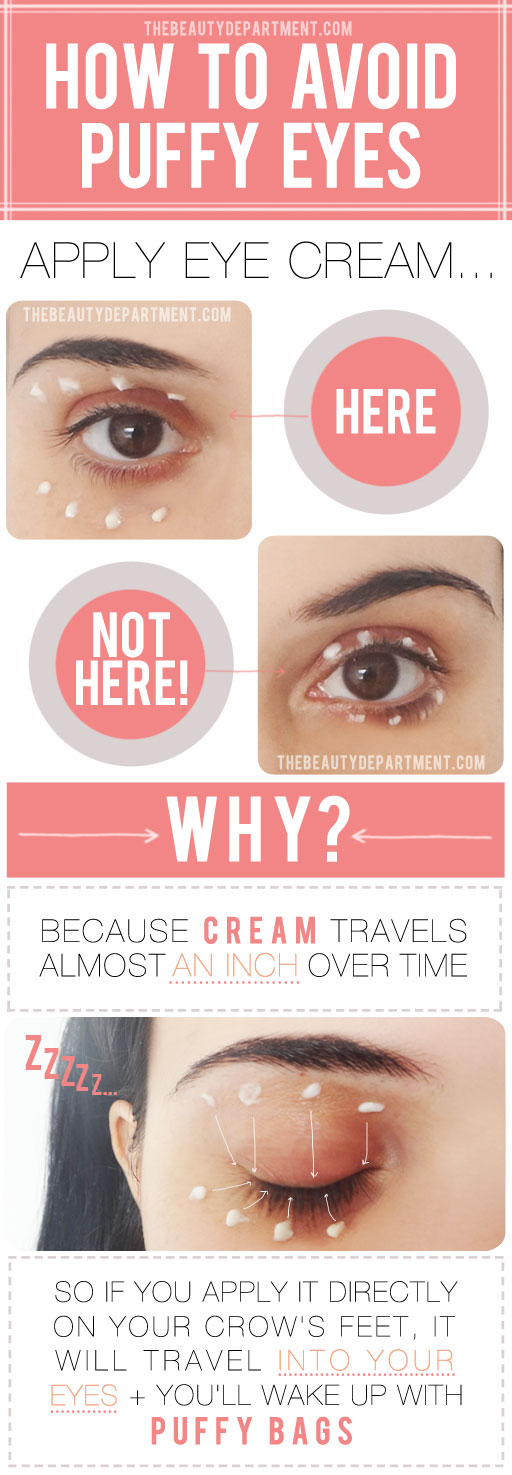 It creates cracks in skin's surface and causes dead skin cells to build up, making the complexion look uneven and lackluster, says Kenneth Howe, M.D., a dermatologist at Wexler Dermatology in NYC.
It creates cracks in skin's surface and causes dead skin cells to build up, making the complexion look uneven and lackluster, says Kenneth Howe, M.D., a dermatologist at Wexler Dermatology in NYC.
THE BEST TREATMENT: Applying a moisturizer every morning and evening fills in those fissures with lipids, which mimic the natural fats of the skin, creating a smooth, reflective surface. Look for moisturizers with ingredients like ceramides to help repair skin barrier function and improve water retention, and hyaluronic acid, which plumps skin cells by attracting water, advises Melanie Palm, M.D., a dermatologist and the director of Art of Skin MD in Solana Beach, California. Extra credit: “Apply moisturizer in upward strokes to boost blood circulation and stimulate cells,” suggests Debra Luftman, M.D., a dermatologist in Beverly Hills, CA. “This brings oxygen to skin’s surface, making it look nourished and healthy.”
$10 at Ulta Beauty$10 at Bed Bath and Beyond
Credit: Acure$19 at Walmart$17 at Bed Bath and Beyond
Credit: L'Oreal Paris$39 at Amazon$22 at Walmart$39 at Dermstore
Credit: Vichy$30 at Sephora$30 at Walmart$30 at Nordstrom
Credit: Clinique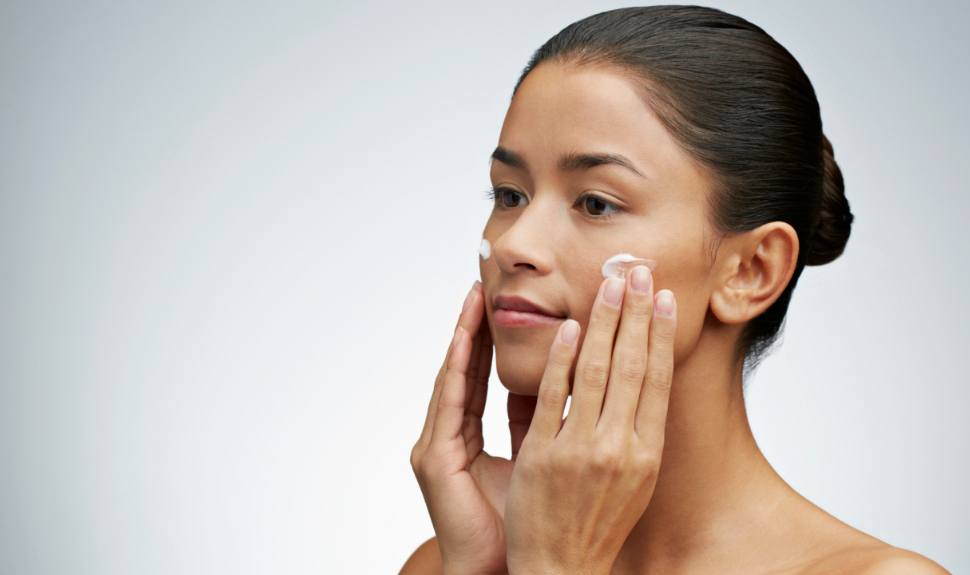 The Cause: You're super stressed.
The Cause: You're super stressed. Whether brought on by a pressing deadline, an argument, a big life change
or just the day-to-day grind, feeling anxious plays a role in your skin’s brilliance — or
lack of it. “Stress causes the hormone cortisol to increase, which can negatively affect blood flow to skin and skin repair,” Dr. Luftman explains.
THE BEST TREATMENT: Carve out a few minutes per day (or more!) to de-stress. Try a quick yoga session, mindful breathing or a soak in an aromatherapy bath (look for bath salts or oils with lavender, which studies show promotes relaxation). “These help relax your body and bring your mind to the present,” says George Slavich, Ph.D., director of the Laboratory for Stress Assessment and Research at UCLA. The result: a more peaceful you — and healthier, more radiant skin over time.
Anything that keeps you up at night can stand between you and glowing skin.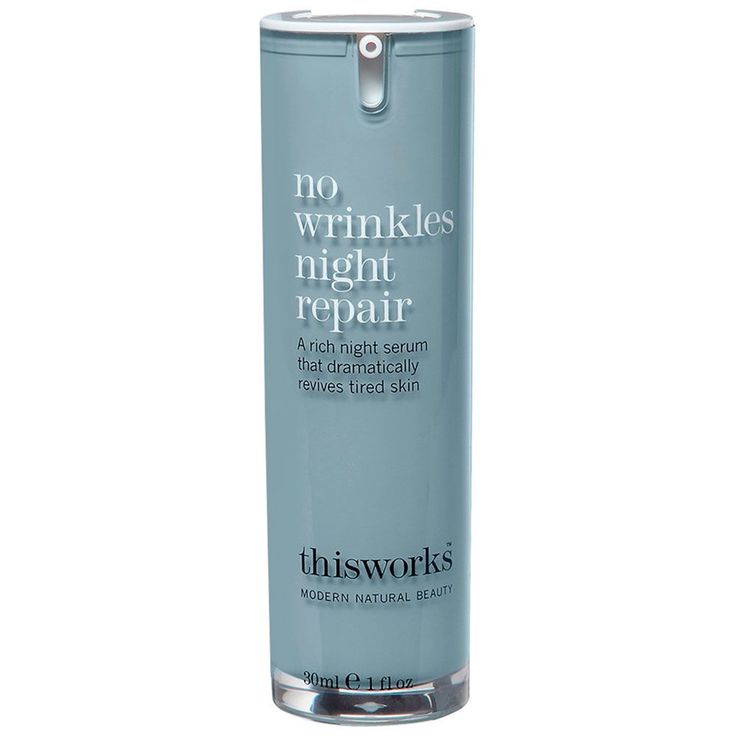 “Sleep is when your skin cells repair themselves and regenerate,” Dr. Palm explains. “If that period is shortened or altered, skin cells can't perform at their optimum level.”
“Sleep is when your skin cells repair themselves and regenerate,” Dr. Palm explains. “If that period is shortened or altered, skin cells can't perform at their optimum level.”
THE BEST TREATMENT: Aim to log about seven to nine hours of sleep per night. For added anti-aging benefits, apply a night treatment with an ingredient like retinol to boost collagen production while you doze. To maximize moisturizing power, swap in an extra-nourishing overnight face mask weekly in place of night cream. (In GH Beauty Lab testing, Amorepacific Moisture Bound Sleeping Recovery Masque increased skin’s moisture levels by 49%.)
Environmental factors such as air pollution, low humidity, harsh winds and exposure to UV rays from the sun can dull unprotected skin. In one study, researchers tracked women who lived in rural places and others in urban areas for over 20 years and found that the city dwellers ended up with significantly more lines and dark spots.
THE BEST TREATMENT: You don’t have to relocate (or hide in a cave) to keep your skin smooth and even. First, be diligent about cleansing your face each night. “Otherwise, pollution particles can clog pores,” while you sleep, says Annie Chiu, M.D., a dermatologist and the director of The Derm Institute in Redondo Beach, CA. Your next defense: daily broad-spectrum SPF 30+ to shield against UV rays and pollution, plus an antioxidant product like a serum every morning to “stop the free radicals we’re exposed to in the environment from harming skin,” she advises. (Some of the most effective antioxidants are vitamin C, green and white tea and resveratrol.) Another way to counteract the environment’s detrimental effect on skin is regular exercise. “Aerobic activity enhances circulation to skin, which helps in nutrient exchange and removal of toxins from our skin cells,” Dr. Palm says.
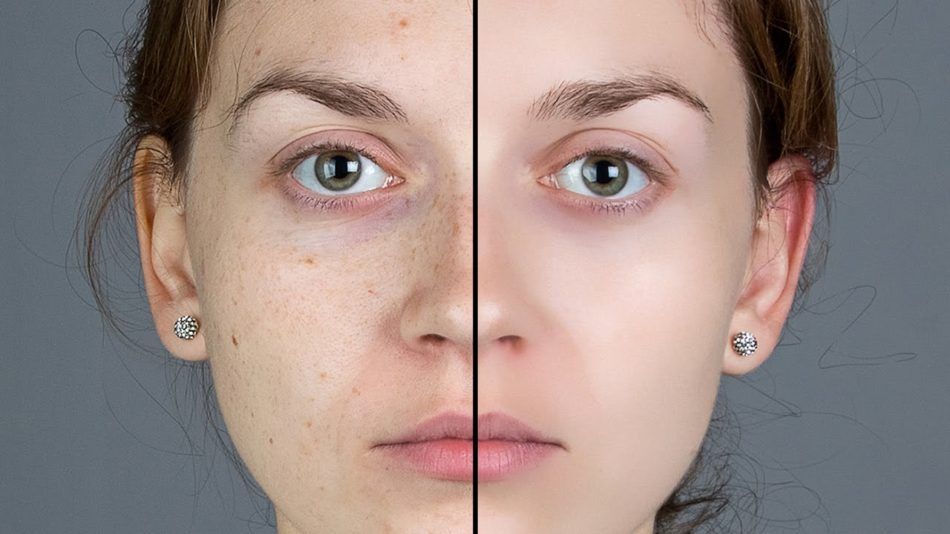
Getty Images
Not only is puffing away harmful to your health, but it can also sap skin’s glow. "Carcinogenic substances are extremely detrimental to skin integrity and structure," Dr. Palm says. "Cigarette smoking causes collagen breakdown, making skin appear sallow, waxy, and wrinkled over time."
THE BEST TREATMENT: You know all this, but seriously — try to get help to quit smoking, your body (and loved ones) will thank you.
Avoid mattifying cosmetics like heavy or chalky powders, which absorb skin’s natural oils (and glow). And steer clear of makeup removers containing alcohol, as they can sap skin-plumping moisture.
THE BEST TREATMENT: Opt for a base like a BB cream that’s made with moisturizers to boost dewiness — or, for more coverage, a foundation with light-reflecting pigments (look for words like “radiance,” “glow” and “luminizing” on the bottle).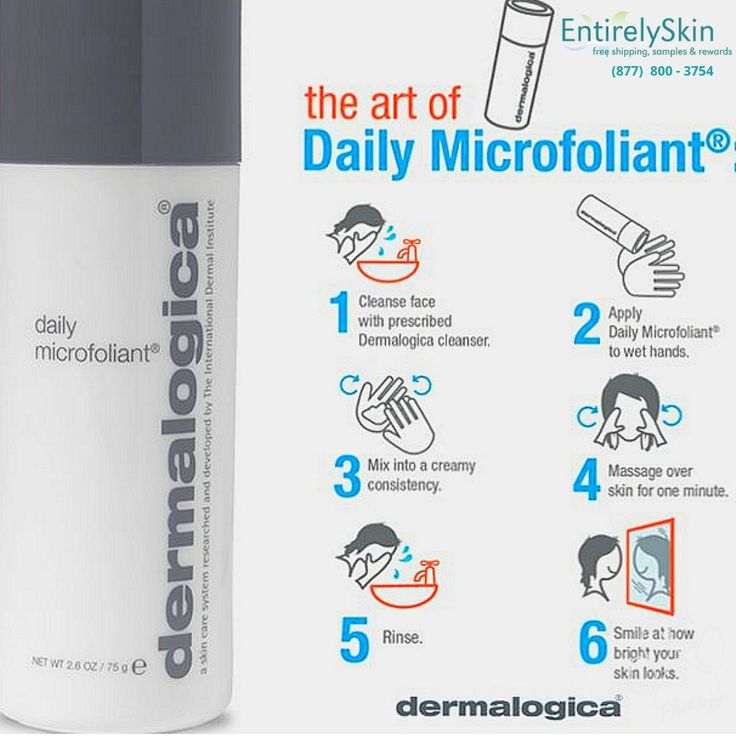 “These bounce light off the skin so it looks more even-toned,” says makeup artist Troy Surratt, cofounder of Surratt Beauty. A touch of cream highlighter in a champagne color for fair skin or gold for medium to dark skin instantly erases dullness too. Swipe it along the length of your cheekbones for “a pretty, dewy effect that makes your entire face seem more luminous,” he recommends.
“These bounce light off the skin so it looks more even-toned,” says makeup artist Troy Surratt, cofounder of Surratt Beauty. A touch of cream highlighter in a champagne color for fair skin or gold for medium to dark skin instantly erases dullness too. Swipe it along the length of your cheekbones for “a pretty, dewy effect that makes your entire face seem more luminous,” he recommends.
$60 at Nordstrom
Credit: AmorepacificNow 36% Off
$21 at Amazon$25 at Walmart$33 at Ulta Beauty
Credit: Roc$9 at Amazon$17 at Walmart$9 at Ulta Beauty
Credit: Maybelline New York$11 at Amazon$19 at Walmart$11 at Ulta Beauty
Credit: Physicians FormulaThe age-old saying "you are what you eat" very much applies here.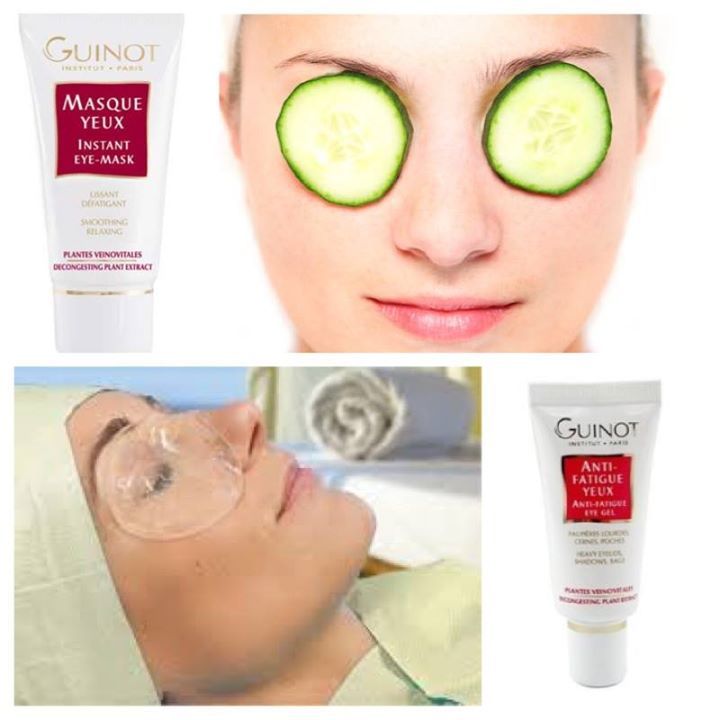 What you put into your body is reflected in your complexion, so don't expect to under-nourish your body and see radiant skin.
What you put into your body is reflected in your complexion, so don't expect to under-nourish your body and see radiant skin.
THE BEST TREATMENT: Stay away from salty and processed foods—they "enhance tissue swelling through fluid retention, which retards ideal light reflection," Dr. Palm says. Nutritionist Paula Simpson recommends steering clear of the "typical Western diet" all together, which in her own words includes ingredients that are "high in sugar and fat, and devoid of fiber, antioxidants, high-quality protein and essential fatty acids," all major culprits when it comes to dull skin. There are healthy food options out there to please both your stomach and your skin. Dr. Howe suggests antioxidant-rich food like blueberries, cranberries, red beans and pinto beans, while Dr. Palm advises good-fat treats like avocados and walnuts, as well as citrus fruits and kiwi, which contain vitamin C, known to boost collagen growth.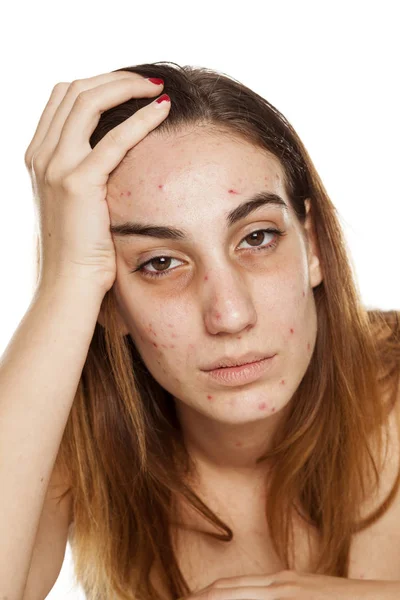
Paige Stables
Paige Stables is the Assistant Beauty Editor at Good Housekeeping, Woman's Day and Prevention magazines, all part of the Hearst Lifestyle Group; she has also written for Cosmopolitan, Seventeen, Redbook, Dr. Oz, and Brides. She received a Bachelor of Arts in Communication Studies from the University of San Diego in California, during which time she logged internships at Vogue and San Diego Magazine. When not swiping on the latest lipstick or spritzing a fabulous new fragrance find, Paige can be found picnicking in Central Park, planning her next travel adventure, or admiring art and fashion installations at one of the many museums in the city. She is based in Manhattan, New York.
This content is imported from OpenWeb. You may be able to find the same content in another format, or you may be able to find more information, at their web site.
Skin fatigue is a universal and most common syndrome, characteristic of all seasons.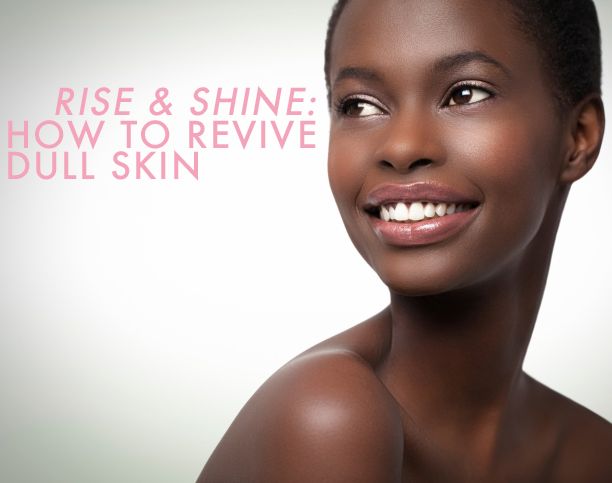 By the second or third month of winter, the skin gets tired of the cold, winds and heaters, by the end of summer the skin gets tired of the endless exposure to ultraviolet radiation, in spring and autumn the skin is “feverish” from temperature and humidity changes. The skin can get tired from sleepless nights, from a rigid diet, from stress, workaholism, lack of vitamins and minerals, in general, from everything in the world. Let's find out what tired skin looks like, what factors affect it most detrimentally, and, most importantly, what to do with it all! nine0004
By the second or third month of winter, the skin gets tired of the cold, winds and heaters, by the end of summer the skin gets tired of the endless exposure to ultraviolet radiation, in spring and autumn the skin is “feverish” from temperature and humidity changes. The skin can get tired from sleepless nights, from a rigid diet, from stress, workaholism, lack of vitamins and minerals, in general, from everything in the world. Let's find out what tired skin looks like, what factors affect it most detrimentally, and, most importantly, what to do with it all! nine0004
Symptoms of skin fatigue are familiar to everyone: if you sadly nodded at 2-3 points from the list, then your skin is clearly time to “vacate”. So, tired skin:
- Dull, with an unhealthy grayish, bluish tint, or simply too pale, as if Dracula visited you.
- Dehydrated, dry, rough to the touch.
- It's peeling off.
- Sluggish, without tone, flabby. nine0005
- Suddenly covered with a mass of new small wrinkles.
- No blush - even after a workout or a long walk.
An additional and very telling symptom: you suddenly find it difficult to apply tone. Previously, he lay down evenly and well, whether it was foundation or powder, but now he does not want to evenly shade, the skin even after application looks uneven, flaky, some kind of stale.
What to do? nine0004 Returning the skin to its proper tone is a matter of two stages:
1. Negative factors must be neutralized. If your skin is "tired" of ultraviolet radiation, get a good protective cream and try to be out in the open sun less often. If it's a lack of sleep, try to establish a normal sleep pattern. If the drying effect of heaters is the problem, increase the humidity level in your home with the same humidifier. In general, deal with the reasons! nine0005
2. Support the skin and help it recover with the help of natural cosmetics with targeted action .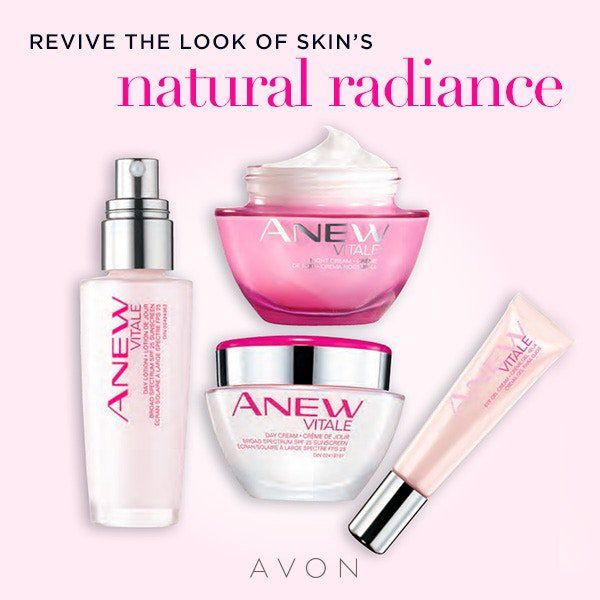 Sometimes, if the skin looks tired from a couple of sleepless nights, it may be enough to get enough sleep and a facial massage to get everything back to normal, but sometimes it's not so simple: you can't “turn off” the winter or dodge all the stress in the world. In this case, properly selected cosmetics can help a lot: tone, revitalize, stimulate the skin, restore its healthy color, smoothness and freshness. nine0005
Sometimes, if the skin looks tired from a couple of sleepless nights, it may be enough to get enough sleep and a facial massage to get everything back to normal, but sometimes it's not so simple: you can't “turn off” the winter or dodge all the stress in the world. In this case, properly selected cosmetics can help a lot: tone, revitalize, stimulate the skin, restore its healthy color, smoothness and freshness. nine0005
Well-chosen basic care will make up for some of the damage: if your cream properly and deeply moisturizes, protects and nourishes the skin, then it will already help it recover to some extent. But in order to truly change the situation in your favor, you will have to use more concentrated shock means: masks, concentrates, serums.
If your skin fatigue is situational (did not get enough sleep, went on a diet for a week, experienced acute stress for a short time). The best choice in this case is quick-acting SOS masks, including disposable ones, for example, tissue ultra-moisturizing and stimulating masks, patch masks under the eyes, complex action sachet masks with the effect of moisturizing, regeneration, detox. Serums are suitable for general action, complex - and they need to be applied in a short shock mode, daily (if the manufacturer does not prohibit daily use) or even twice a day, in the morning and in the evening. Also in such cases, a good option is ampoule serums with a stimulating effect. nine0005
Serums are suitable for general action, complex - and they need to be applied in a short shock mode, daily (if the manufacturer does not prohibit daily use) or even twice a day, in the morning and in the evening. Also in such cases, a good option is ampoule serums with a stimulating effect. nine0005
If skin fatigue is chronic. Accumulated skin fatigue can only be "cured" with a course of additional care, using highly concentrated products for at least 2-3 weeks. How to choose the right tool? First, determine which symptoms of fatigue are most pronounced. Skin laxity? Dryness? Flabbiness? Unhealthy tone? Dehydration? Based on this, select a mask or serum with a leading effect and suitable additional properties. For example, your skin suffers from dryness, dehydration, and also does not have a healthy tone. A deeply moisturizing mask with a toning effect or a moisturizing serum will suit you, which additionally nourishes the skin with useful microelements, stimulates it and revitalizes it. Or, say, the skin has become flabby, lethargic, rough due to fatigue; in this case, you need a tonic lifting mask with an accumulative effect, a restorative lifting serum. nine0005
Or, say, the skin has become flabby, lethargic, rough due to fatigue; in this case, you need a tonic lifting mask with an accumulative effect, a restorative lifting serum. nine0005
If the skin has become sluggish, has lost elasticity . Pay attention to masks and serums that stimulate the production of collagen and elastin, as well as tightening and anti-aging products (if they are suitable for your age). In parallel, you can use oils and oil mixtures (1-2 times a week) - instead of a mask or night cream, focusing on your skin type. If your skin is oily or combination, use hazelnut oil, rice bran, if the skin is rather dry or normal - argan, jojoba, macadamia, sasanqua oil. Remember that oil must be applied to damp skin. The oil does not replace either face cream or highly concentrated serums, but as an additional care it can perfectly soften the skin and increase its tone. Another important point: to restore skin elasticity, additional funds should be used regularly and at least in a course - no less than 3-4 weeks in a row.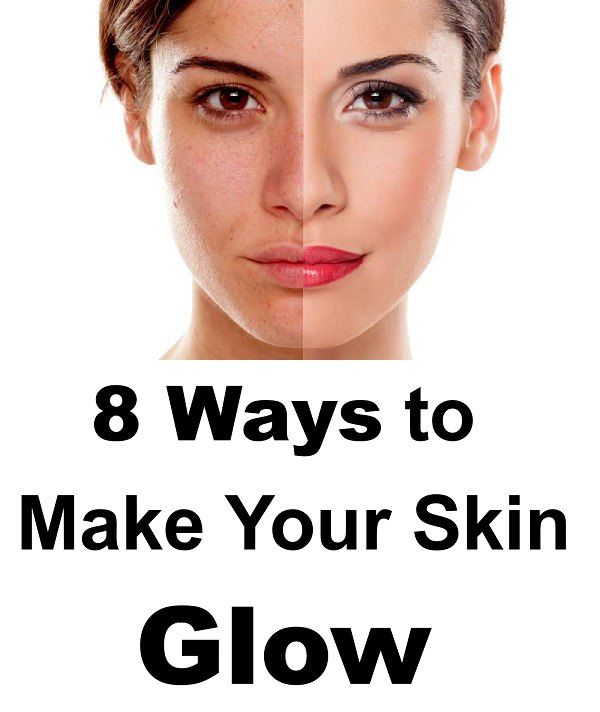 And if your skin is generally thin, dry or aging, it is advisable to include a lifting serum in your regular care, applying it at least several times a week. nine0005
And if your skin is generally thin, dry or aging, it is advisable to include a lifting serum in your regular care, applying it at least several times a week. nine0005
If the skin is dry and feels like parchment. Resist the temptation to "repair" dry skin with a super-oily cream and a burst of oils: what your skin needs most right now is hydration! A course of moisturizing masks or daily use of moisturizing serum is what you need. The combined use of additional hydration and basic nutrition works best in such circumstances. That is, if you use a nourishing cream daily and regularly support your skin with a moisturizing serum or mask, your skin has every chance to quickly return to normal. Since the restoration of moisture levels is not a very fast process, give preference to a full volume of moisturizing serum or mask: disposable sheet masks will be ineffective. But a course of 50 ml of mask or 20-30 ml of serum will work really noticeably. nine0005
There are impact and SOS-complex effects , the so-called "revitalizing" masks and serums, specially designed to work immediately on all the symptoms of tired skin.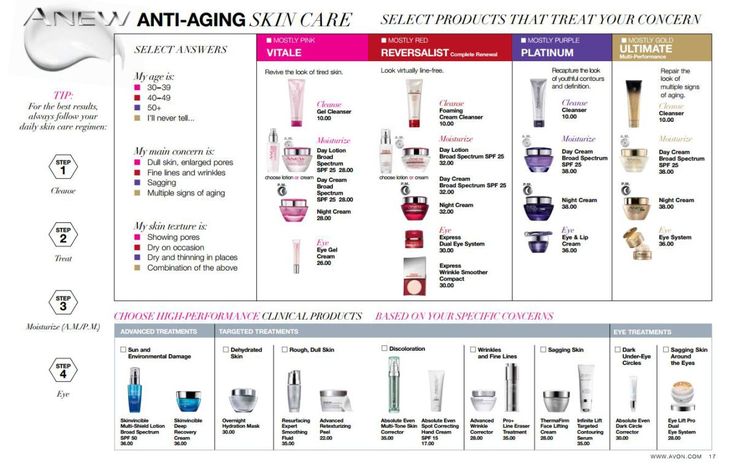 On the one hand, they are very comfortable, on the other hand, their action is less targeted, so they are ideal for those cases when the skin as a whole does not look good and is under stress.
On the one hand, they are very comfortable, on the other hand, their action is less targeted, so they are ideal for those cases when the skin as a whole does not look good and is under stress.
When you get tired, your skin gets tired with you. And at this moment she needs rest and special care. How to take care of tired facial skin, we were told by our consultant, cosmetologist of the "Youth Studio" Alexandra Chernyavskaya,
The concept of "skin fatigue" is rather philistine than medical. Sometimes clients themselves, having come to a beautician, complain about signs of fatigue on their faces. A beautician helps to deal with the causes of fatigue and restore the consequences.
What characterizes skin fatigue
The fact that our skin needs a rest can be seen in many ways. The turgor (density) of the skin decreases, that is, it becomes too soft to the touch. In this case, the skin seems to acquire a gray tint.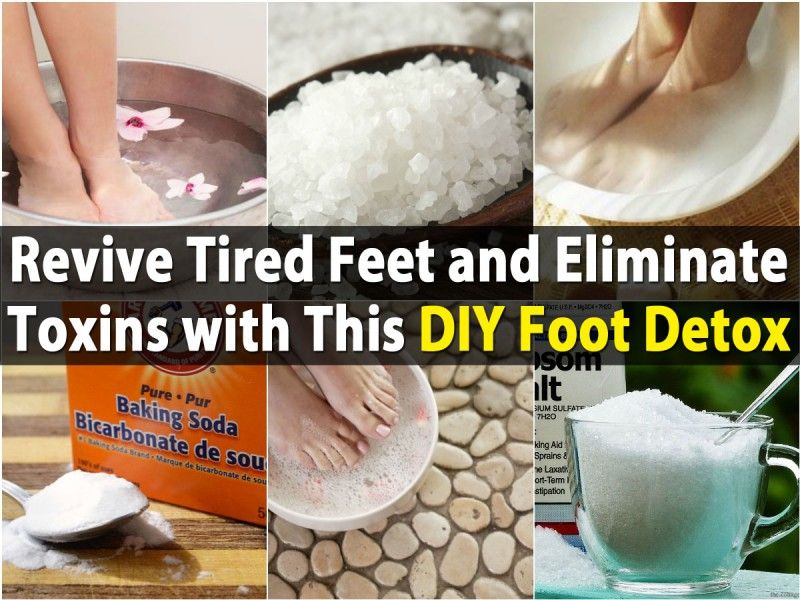 Dark circles appear under the eyes. In addition, skin ptosis appears (swelling of the skin downwards under the influence of gravity / gravity). In the end, tired skin lacks collagen, causing it to become unnecessarily dry and thin. Tired skin makes a person age. In this case, there may be aging skin without signs of fatigue, but young tired skin occurs. On well-groomed age-related skin, there may be wrinkles, turgor may be reduced, unlike young skin. But at the same time, the skin glows, it is juicy, and even the wrinkles on it are well-groomed and beautiful. If you take a person who does not care for the skin and is aged, then he will have both aged skin and tired. At the same time, a 25-year-old girl who has undergone stress or leads a nocturnal lifestyle very easily shows signs of skin fatigue. nine0005
Dark circles appear under the eyes. In addition, skin ptosis appears (swelling of the skin downwards under the influence of gravity / gravity). In the end, tired skin lacks collagen, causing it to become unnecessarily dry and thin. Tired skin makes a person age. In this case, there may be aging skin without signs of fatigue, but young tired skin occurs. On well-groomed age-related skin, there may be wrinkles, turgor may be reduced, unlike young skin. But at the same time, the skin glows, it is juicy, and even the wrinkles on it are well-groomed and beautiful. If you take a person who does not care for the skin and is aged, then he will have both aged skin and tired. At the same time, a 25-year-old girl who has undergone stress or leads a nocturnal lifestyle very easily shows signs of skin fatigue. nine0005
Photo: Getty Images/Fotobank
Factors affecting skin fatigue :
stress;
sun exposure;
lack of sleep;
cosmetic overload;
lack of care;
liquid and salt intake at night;
susceptibility to dryness;
smoking, alcohol, frequent airplane flights, nocturnal lifestyle;
sedentary lifestyle.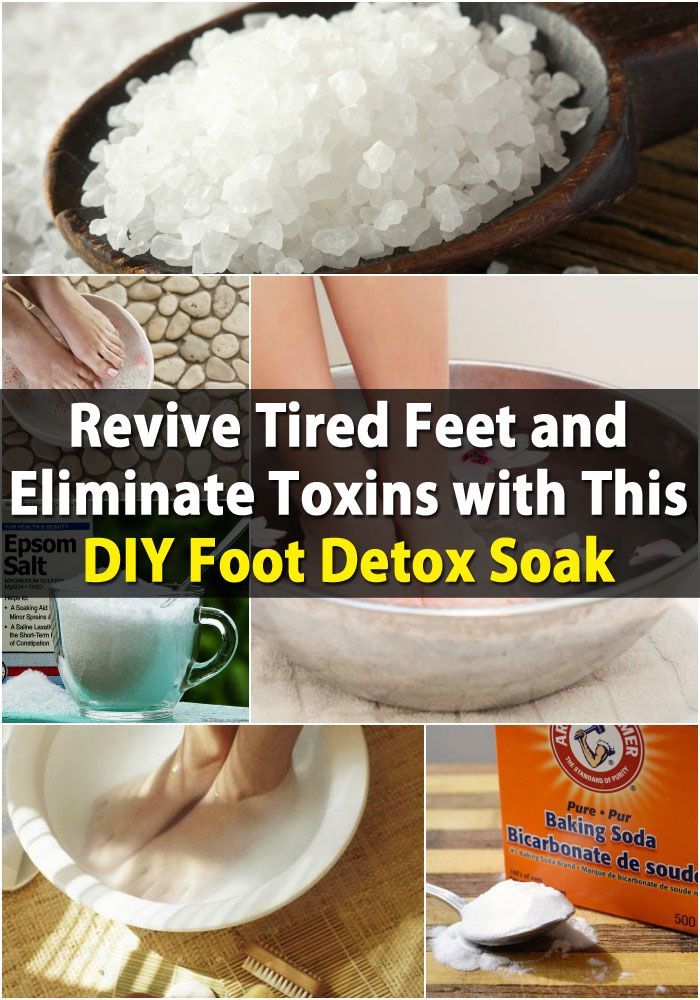 nine0005
nine0005
Home care
Photo: Getty Images/Fotobank
Tired skin needs more nourishment. Therefore, nourishing masks are a must. Even if you have a deadline, you do not get enough sleep, you still find time for home treatments, otherwise signs of skin fatigue will accumulate. If you have tired skin, masks can be done every day. It is very useful to wash your face with ice - this way you will increase skin tone. You can combine washing with warm and cold water. This will give a charge of vivacity to the skin, increase the flow of blood through the vessels. nine0005
Salon Care
The very first treatment that can be recommended for tired skin is a massage course. Massage increases blood flow to the skin, stimulates the production of collagen, increases metabolism, the skin tightens, renews, begins to glow from the inside. You can also apply other procedures that your beautician recommends.